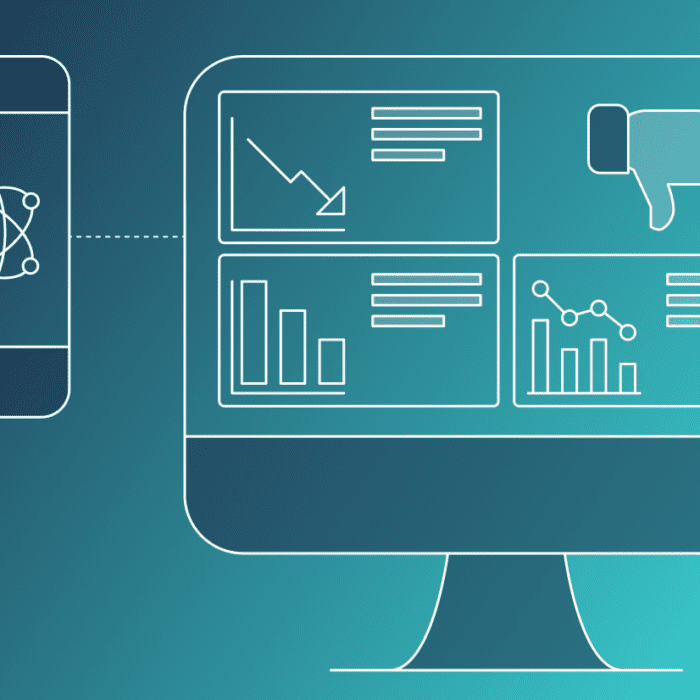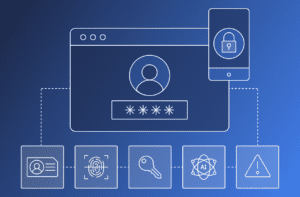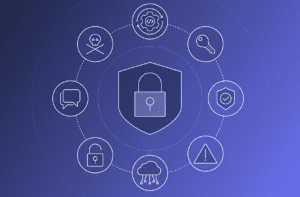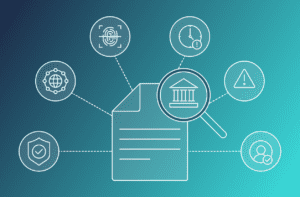As a highly regulated industry, the healthcare industry needs to have robust Identity and Access Management (IAM) policies, procedures, and practices. At the same time, cybercriminals target healthcare organizations because they manage valuable protected health information (PHI). Identity management in healthcare is fundamental protecting PHI, and single sign-on technologies enable streamlined user authorization workflows.
Challenges in Healthcare
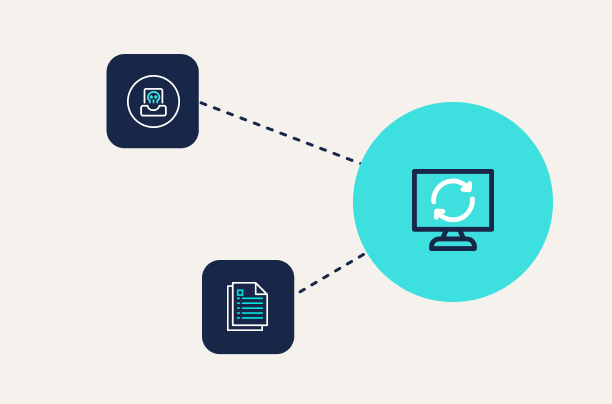
Within the healthcare industry, organizations struggle with managing identity and access for many reasons.
Sensitive Data
Healthcare organizations collect, store, and transmit various types of sensitive data, including:
- Patient names
- Social security numbers
- Addresses
- Health insurance information
- Payment card data
Diverse User Population
Healthcare organizations share more data with more users than ever before. Some examples of the different users access healthcare organizations’ systems include:
- Primary care physicians
- Nurses
- Labs and specialists
- Accounts payable
- Patients
Healthcare Records Systems
Healthcare organizations struggle to manage identity with cloud-based electronic medical records (EMR) and electronic health record (EHR) systems. Although these solutions enable them to provide better patient care, they also create security and privacy risks because people often use weak passwords that cybercriminals can leverage with dictionary and brute force attacks.
Telehealth and Health Records
More than ever, patients want telehealth services. In fact, according to analyst McKinsey’s 2021 Physician Survey, patients want telehealth services so much that 58% of physicians reported losing patients to physicians or health systems that could support these needs. The report further found that utilization of telehealth services was still at 38 times pre-COVID-19 levels. Additionally, they want on-demand access to their records. Both cases present unique identity management challenges since healthcare organizations may not be able to verify that a user’s digital identity is the same as their real-world identity.
Compliance
Compliance in the healthcare space includes federal regulations and industry standards. Most notable are:
- Health Insurance Portability and Accessibility Act (HIPAA)
- Health Information Technology for Economic and Clinical Health (HITECH) Act
- Payment Card Industry Data Security Standard (PCI DSS)
How Healthcare Can Manage Identity

Meeting compliance mandates while protecting patient data is challenging. However, healthcare organizations can take several steps to help them manage identity.
Validate Digital Identities
Healthcare organizations may have all the records for workforce members and patients, but it’s a different situation when they need to validate digital identities. When providing access to telehealth and electronic records, healthcare organizations need to make sure that only the real person can access the information.
Require Strong Passwords
Although HIPAA does set out clear password guidelines, healthcare organizations should make sure that their policies:
- Require unique passwords for all applications
- Deny passwords that can be found as part of data dumps/breaches
- Require passwords to be at least 8 characters
Establish a Single Source of Truth
A single source of truth for managing identity gives organizations a way to gain visibility into the many different users and access types needed. Organizations should start with an identity management system, like Active Directory. However, they can supplement this with single sign-on to help mitigate risks associated with passwords.
HIPAA requires a minimum of two-factor authentication that includes:
- Information someone knows (password)
- Something someone has (token, smartphone, smartcard)
- Biometric information someone can supply (fingerprint, face ID)
As a best practice, healthcare organizations should use a combination of all three factors.
Incorporate Passwordless Technologies
Passwordless technologies bind information about a person’s real identity to their digital identity. They use the biometric technology on a user’s device to validate the person, then assign the device a private key which then authenticates the user to websites and applications. With passwordless authentication, healthcare organizations create a smooth login experience across all device types for all users.
Streamlined Identity Management for Healthcare Organizations
Between compliance mandates, cybercriminals, and new technologies, healthcare organizations need to be more diligent than ever before when trying to secure identity. When end users find that a security control is too much time or effort, they often fail to use it.
Healthcare organizations can streamline their identity management processes using Transmit Security’s passwordless authentication to ensure stronger security.With our services, healthcare providers can implement technology for a seamless authentication experience, eliminating less secure methods like one-time validations and two-factor authentication. Combining highly secure device biometrics and the standardized protocols of FIDO, our solutions track and gauge risk across all platforms, sessions, and devices while also offering a streamlined user experience.
